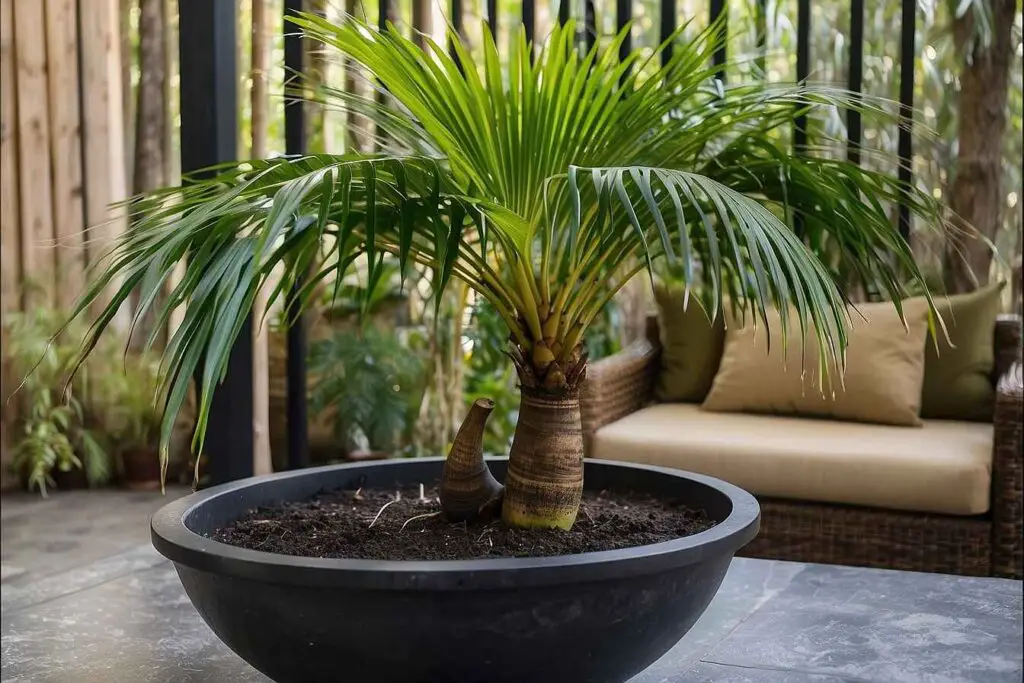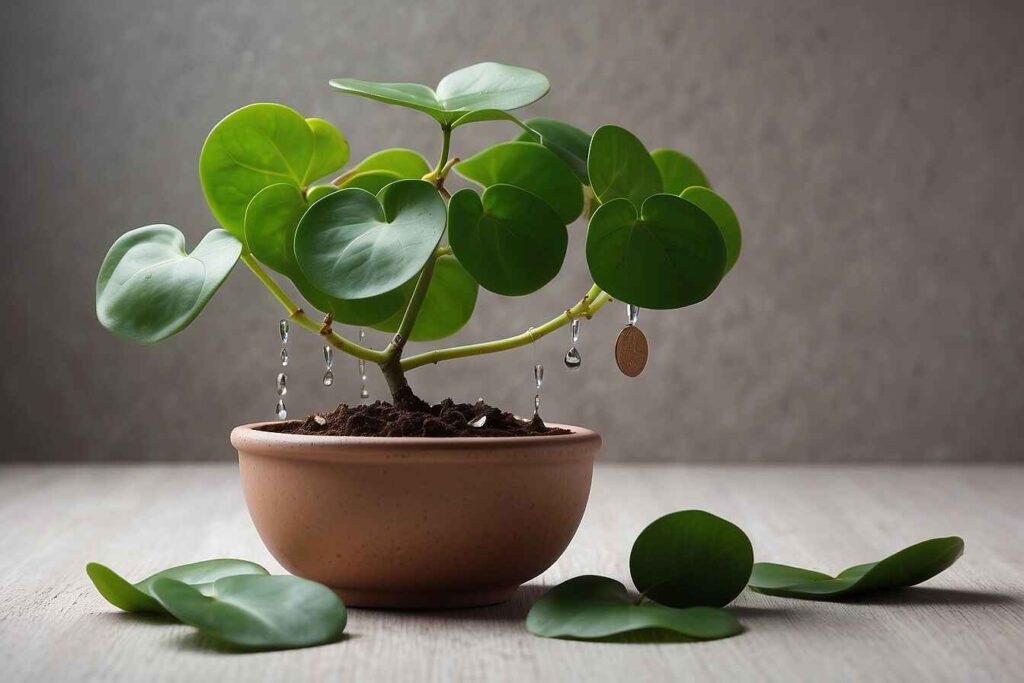As a child, I remember seeing bright berries on pokeweed plants. They looked like blueberries. But my parents told me not to eat them. I was confused why I couldn’t pick them. So I started learning more about these berries. I wanted to understand why they were not allowed.
As a child, I was always curious about pokeweed. Is it really dangerous to touch? Today, that curiosity still drives me. I want to explore this age-old question. In this exploration, I’ll look into the botanical lore and scientific facts about pokeweed’s touch sensitivity. Let’s navigate through the misconceptions and uncover the truth about this mysterious plant.
What is Pokeweed?
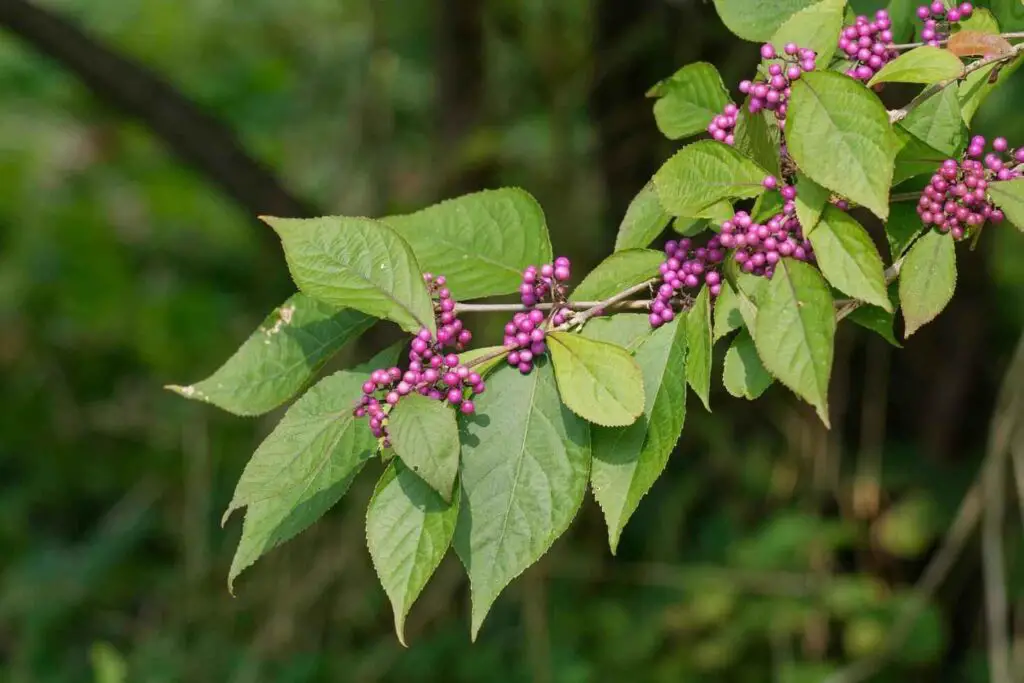
Pokeweed is a plant found in North America. It has large, spear-like leaves and dark purple berries that look like blueberries. The berries may seem tempting, but they can be dangerous. You need to be careful when handling them.
This plant can live in many places, from forests to roads and fields. It can adapt and spread quickly. This has caused it to be called an invasive species in some areas, making it seen as a problem weed.
Pokeweed has both good and bad uses. Many people think it’s harmless because it looks nice or was used in the past. But pokeweed can be very toxic, especially if you touch it. Throughout history, pokeweed has been used for cooking and medicine. However, its dangers are often overlooked or downplayed.
Pokeweed has been used in traditional medicine to help with different health issues. In the past, its purple berries were used as a natural dye, and its stems were added to Southern cooking. However, pokeweed can be risky, especially if touched, which needs more research.
Identifying Fiction from Fact in the Poisonous Reputation
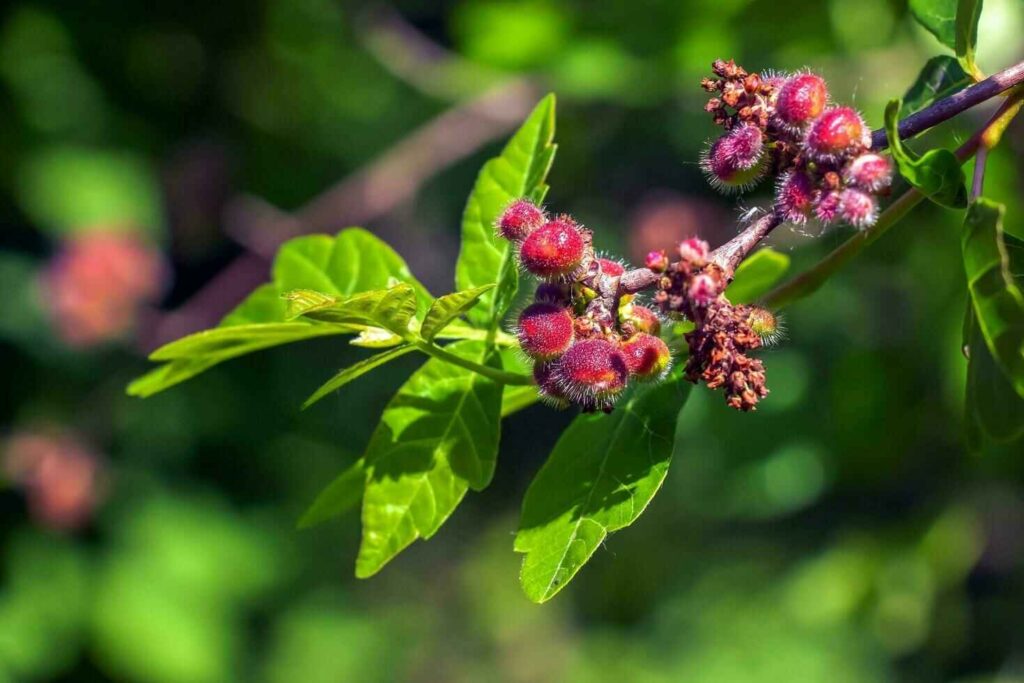
Have you ever wondered why the general consensus is that pokeweed is toxic when touched? Many people, including me, have been confused by this question. We will look at the history of this belief. We will separate facts from fiction as we try to find the truth.
Many people believe pokeweed is toxic and dangerous. This view has been passed down through generations. There are stories about the plant’s toxic properties. The idea that pokeweed is dangerous to touch is widely known. This may be from warning stories or personal experiences with negative effects.
But does scientific research support this belief? The key question is whether pokeweed is toxic. Anecdotes suggest it is, but scientific studies give a more detailed view. Research has found toxic compounds in the plant’s berries and leaves. But how toxic it is just by touching it is still debated by experts.
Some studies say pokeweed has toxins that can cause skin irritation. But severe poisoning just from touching it is rare. Instead, problems are more likely if you eat the plant or it touches damaged skin for a long time. This shows we need to carefully look at the evidence, not just think pokeweed is deadly to touch.
What's Inside Pokeweed? Understanding its Toxic Components
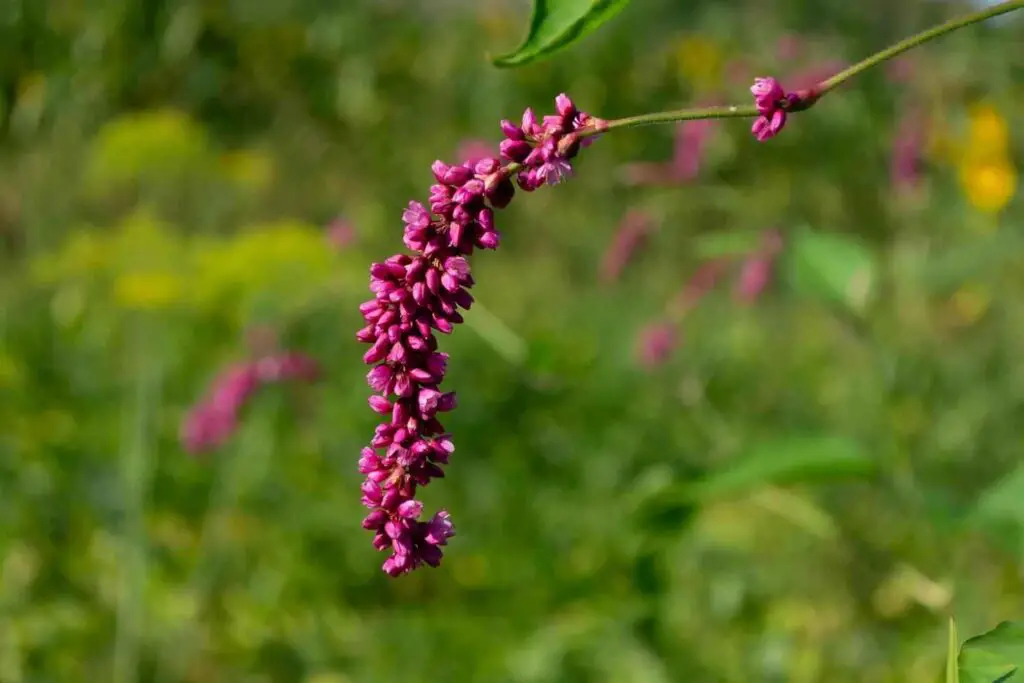
Pokeweed is a plant that can be harmful to humans. The leaves and berries of pokeweed contain chemicals that can make people sick. Let’s explore what’s inside this plant to understand why it can be dangerous.
At the center of pokeweed’s toxicity are different chemical compounds. Each one can be harmful. One of the main problems is phytolaccatoxin. This is a strong chemical found in the whole plant, but it’s most concentrated in the roots and berries. If you eat this, it can cause stomach problems like nausea, vomiting, and diarrhea.
Pokeweed has toxic substances like phytolaccatoxin, phytolaccigenin, and triterpene saponins. These can cause problems like breathing and stomach issues. The plant’s harmful effects come from these toxic compounds.
Touching pokeweed does have some risk. The plant has toxic compounds that can cause skin irritation. But the risk of serious poisoning from just touching it is low. People with sensitive skin or who have a lot of contact with the plant’s sap may get irritation. But most people won’t develop severe symptoms from casual touch.
That said, be careful when handling pokeweed. This is important if you have open wounds or broken skin. The risk of severe poisoning may be low. But it’s best to be cautious and take precautions to avoid exposure.
In the end, pokeweed has chemicals that can hurt you if you eat it or don’t handle it right. But the risk of serious poisoning just from touching it is pretty low. If you know what’s in pokeweed and are careful, you can reduce the risks of this interesting but possibly harmful plant.
What Happens If You Touch Pokeweed?
Have you ever touched a pokeweed plant? You may have wondered what could happen. Pokeweed has a toxic reputation, but it’s important to know the real risks of touching it.
Here is the content with improved readability while keeping the content length equal to the input: . .Pokeweed can cause problems. Many people tell stories about having bad reactions after touching this plant. Some had mild issues. Others had more serious symptoms. These accounts show the risks of this seemingly harmless plant.
Symptoms of pokeweed
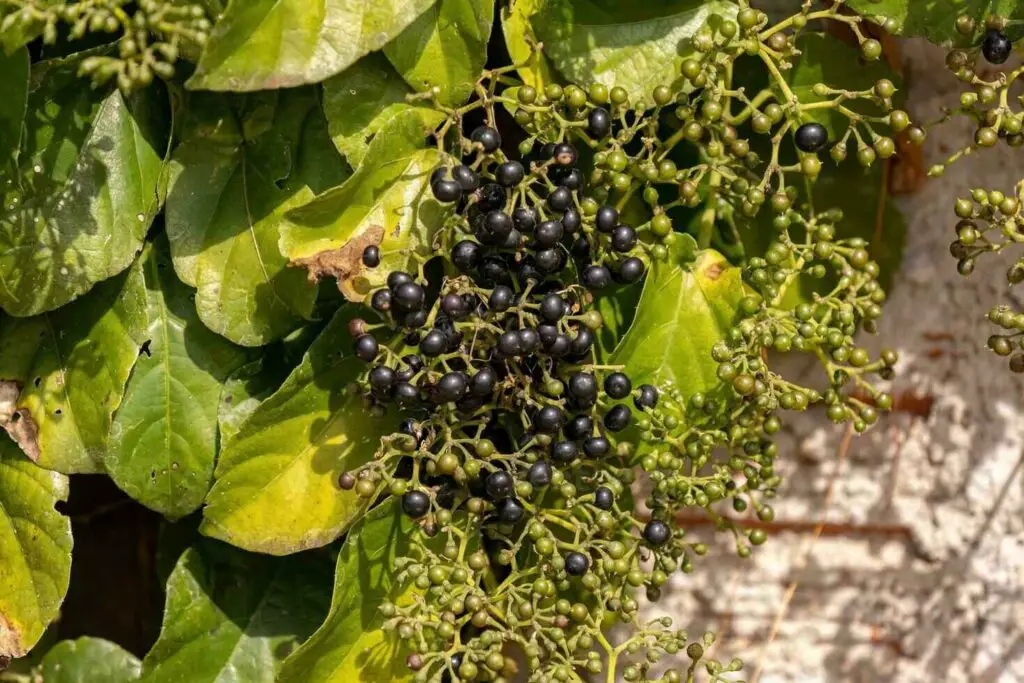
Symptoms of pokeweed exposure can be different. This depends on how long and how much you were in contact with it. It also depends on each person’s sensitivity. Common signs include redness, swelling, and itching where it touched you. Some people may also get blisters or a rash, like poison ivy or oak.
In serious cases, being around pokeweed a lot can make you feel sick, throw up, and have diarrhea. This happens because the plant has toxic things in it that affect the stomach and intestines, making you uncomfortable and upset.
It’s important to use caution when handling pokeweed, especially if you have sensitive skin or allergies, even if the chance of serious poisoning from simple contact is quite minimal. Reduce the possibility of negative responses by adopting easy preventative measures like wearing gloves and avoiding touch with injured skin.
Staying Safe Around Pokeweed
Pokeweed is tricky to navigate around because of its alluring appearance and concealed hazards. To identify pokeweed and reduce your chance of exposure, follow these easy-to-follow guidelines:
1. Recognizing Pokeweed
- Look for big, pointed leaves with clear veins. Pokeweed leaves often grow near the top of the plant. They can be up to 10 inches long.
- Avoid berries that are dark purple or black. They grow in clusters and hang from bright red stems. These berries look like blueberries but are actually pokeweed.
- Pokeweed grows in many places. It can be found in fields, forests, gardens, and roadside ditches. The plant can grow in different types of habitats.
2. Avoiding Contact
- It’s important to stay away from pokeweed plants. This is especially true if you have kids or pets who might want to play with them.
- Wear protective clothing like long sleeves and gloves if you must handle pokeweed. This will keep you safe.
- If you see pokeweed in your yard or garden, you should remove it carefully. This will help prevent any accidental exposure.
3. Handling Pokeweed Safely
- If you need to touch pokeweed, be careful. Don’t let it touch any broken skin or inside your nose or mouth.
- Wash your hands well with soap and water after dealing with pokeweed. This removes any leftover material.
- Use a cream or lotion to protect your skin before touching pokeweed. This can help prevent skin issues.
What to Do If You Touch Pokeweed
Touching pokeweed can cause discomfort and irritation. But acting quickly can reduce the impact on your health. Here’s what to do if you come across this plant: .
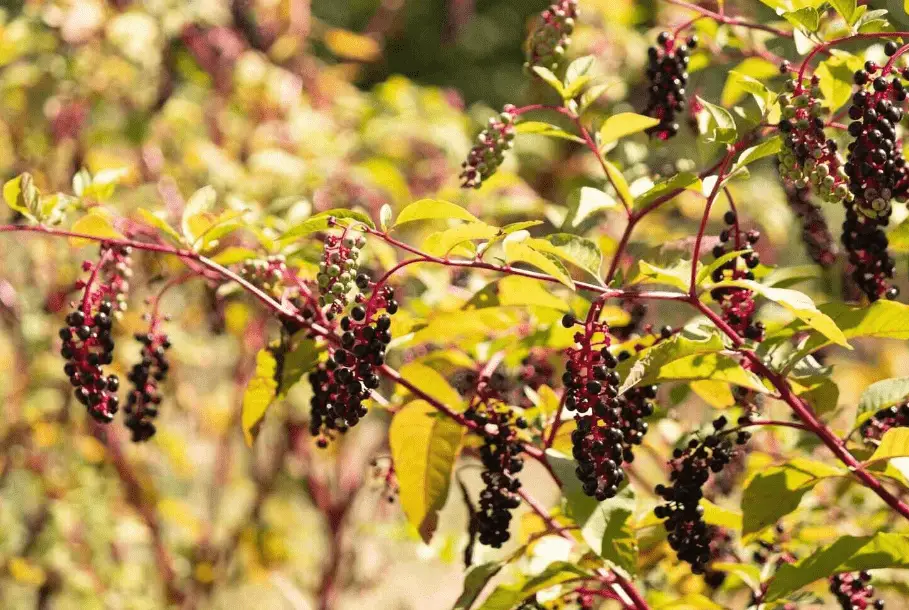
Wash Your Skin
Immediately wash the affected area with soap and water. This removes any plant material. Avoid scrubbing strongly, as this may further irritate the skin.
Apply a Soothing Cream
After washing, put a calming cream on the area to help reduce swelling and itching. Calamine lotion or hydrocortisone cream can give relief from pokeweed irritation.
Watch for Signs
Keep an eye out for any symptoms. Notice how you feel. Pay attention to any changes in your body or health. If you notice anything unusual, tell your doctor right away. This can help catch any problems early.
Seek Medical Assistance if Necessary
Seek emergency medical assistance if you have severe symptoms including trouble breathing, chest pain, or swelling in your face or throat.
To ensure you receive the proper care, let medical professionals know that you just came into touch with pokeweed.
Advised for Pet Owners
It is advised for pet owners whose animals may have consumed pokeweed to take the following actions:
Keep an eye on your pet
- Watch closely for any indications of illness or discomfort in your pet, such as diarrhea, vomiting, or lethargic behavior.
- If you think your pet may have consumed pokeweed, get advice from your veterinarian right away.
Provide Water
- To help your pet eliminate any toxins from their system, give them access to plenty of fresh water to drink.
- Never try to make someone throw up without first talking to your veterinarian.
Take Advice from Veterinarian
- Pay attention to your pet’s condition and provide them any required treatment as directed by your veterinarian.
- When it comes to helping with diagnosis and therapy, be ready to share details regarding the kind and quantity of pokeweed consumed.
For more articles relating to Snake plant, here’s a link to Snake Plant Disadvantages that you may enjoy.
